Sandy Stone is a woman who deserves to be in a hall of fame. Oh, wait, she’s in one.
Keep up with the latest in LGBTQ+ news and politics. Sign up for The Advocate's email newsletter.
Stone, credited with starting the academic field of transgender studies, is also a recording engineer, an artist, and the first known trans woman in the National Women’s Hall of Fame. Around the end of this year, her story will be told in a documentary film.
Stone was inducted into the hall last year along with several other prominent women, such as civil rights icon Ruby Bridges, tennis champion Serena Williams, and scholar Kimberlé Crenshaw.
Earlier inductees, among more than 300 in the hall, include Susan B. Anthony, Jane Addams, Maya Angelou, Hillary Clinton, Angela Davis, Emily Dickinson, Amelia Earhart, Jane Fonda, Ruth Bader Ginsburg, Billie Jean King, Wilma Mankiller, Michelle Obama, Rosa Parks, Nancy Pelosi, Sally Ride, and Eleanor Roosevelt. The hall, founded in 1973, is located in Seneca Falls, New York, noted as the birthplace of the American women’s rights movement, having hosted the nation’s first Women’s Rights Convention in 1848.
“It’s a great honor and a great responsibility,” Stone says of her induction. “Somebody has to go first.”
“Obviously this was an incredibly historic induction,” says Jennifer Gabriel, CEO of the hall. “We were delighted to be able to celebrate her. She does a good job of highlighting the trans community and experiences we all share as women.” The 10 women inducted this year were chosen from 487 nominees.
Of inducting a trans woman, Gabriel says, “Of course there’s going to be backlash and pushback — but it’s really beautiful that we didn’t experience a lot of that.”
Stone first made trans history in 1987, when she wrote an essay titled “The Empire Strikes Back: A Posttransexual Manifesto.” She was responding to a woman Stone describes as “a bigoted academic named Janice Raymond.” Raymond had published a book in 1979 called The Transsexual Empire: The Making of the She-Male, in which she attacked trans women, including — by name — Stone.
“Raymond said all trans people were mentally unsound, evil, defective … trans women were going to take over the women’s community,” Stone recalls. That sounds like a lot of anti-trans rhetoric that’s still out there today. “My essay was an attempt to undermine that whole thing,” Stone says.
 Marji Vecchio, Sandy Stone, and Stone's family on their way to the ceremonyCourtesy MJVProductions
Marji Vecchio, Sandy Stone, and Stone's family on their way to the ceremonyCourtesy MJVProductions
Stone had been working as an engineer for Olivia Records, which released music by women, including numerous lesbians and bisexual women. She was training and empowering women there, she notes. She also has been an engineer for famous male musicians, such as David Crosby and Jimi Hendrix.
Stone ended up going back to Santa Cruz, California, which she has called home for many years, and enrolled in graduate school at the University of California, Santa Cruz. A professor there, Donna Haraway, encouraged her to write a response to Raymond. Stone was “a first-year grad student responding to a tenured academic,” she says.
The essay got read at conferences and then was published in the 1991 anthology Body Guards: The Cultural Politics of Gender Ambiguity. “From there it went on to do the work I hoped it would do,” Stone says.
In the late 1980s, Stone spent some time as an instructor in humanities and social sciences at the University of California, San Diego, and then was recruited by the University of Texas at Austin “with a specific mandate to drag the radio-TV-film department kicking and screaming, quote unquote, into the 21st century,” she recalls. She arrived there in 1990.
“It didn’t quite work out that way, but I spent 20 productive years in Austin creating a new media arts program,” incorporating theater, film, dance, computer science, and fine art, Stone says.
 From left: Stone and other 2024 Inductees Peggy McIntosh, Kimberle Crenshaw, Ruby Bridges, Judith Plaskow, and Loretta RossCourtesy The National Women’s Hall of Fame
From left: Stone and other 2024 Inductees Peggy McIntosh, Kimberle Crenshaw, Ruby Bridges, Judith Plaskow, and Loretta RossCourtesy The National Women’s Hall of Fame
Since her landmark essay, Stone hasn’t spent a lot of time writing about trans issues. “My purpose was to get other people talking about trans issues and writing about trans issues,” she says.
Today, she’s chief engineer for radio station KSQD in Santa Cruz, has a recording studio, and does performances, lectures. She’s also working with filmmaker Marji Vecchio, who’s making a documentary about Stone’s life, Girl Island.
They met in a class at the European Graduate School in the early 2000s. Vecchio noticed that Stone, who was auditing the class, painted while taking notes. “I thought, This person’s really cool,” Vecchio says.
Vecchio then took a post as gallery director at the University of Nevada, Reno, near Lake Tahoe, where Stone and her husband, Cynbe ru Taren, spent their summers. Vecchio and Stone became friends, and “I would go up to Tahoe whenever she was around,” Vecchio recalls. She curated an exhibition based on Stone’s work, and late switched careers from curator to filmmaker. The two celebrate their birthdays together — they’re one day apart.
 Foreground: Marji Vecchio; behind from left, Stone's daughter Tani, Zackary Drucker, Stone, and GLAAD reps Tristan Marra and Gwen PointerCourtesy MJVProductions
Foreground: Marji Vecchio; behind from left, Stone's daughter Tani, Zackary Drucker, Stone, and GLAAD reps Tristan Marra and Gwen PointerCourtesy MJVProductions
A few years ago, at a party in Santa Cruz for Stone’s 80th birthday, “there was representation from almost every phase of her life, and the room was filled with amazing, generous, thoughtful, smart people,” Vecchio says. She then went to her film team and said she wanted to make a documentary about Stone.
The team is in the middle of production and aiming for a release late this year or early next, with festival and theatrical screenings as well as streaming. It’s a multimedia project, including animation by trans cartoonish and graphic novelist Bishakh Som. Zackary Drucker is executive producer, and in January, Brittan Dunham, who’s worked with Bette Midler and Beyoncé, signed on as archivist and archival producer.
“I think everybody needs to know about Sandy — she’s lived a very interesting, complicated life and is still doing that,” Vecchio says.
On the transphobia coming out of the White House and elsewhere, Stone says, “Our side has been preparing for this for years, but our response will necessarily be tactical and slow, which gets no click-throughs at all. But still it will happen, and it's just as real as what the transphobes are doing. My game, going forward, is to help people learn to turn fear into rage and defense into attack.”
Transphobes have an “unwholesome focus on other people’s genitalia,” she adds, and there’s no point in talking to them.
“There is nothing you can say to them,” she says. “Living your life is the best revenge. The best way to fight is to just be your authentic self.”


 Marji Vecchio, Sandy Stone, and Stone's family on their way to the ceremonyCourtesy MJVProductions
Marji Vecchio, Sandy Stone, and Stone's family on their way to the ceremonyCourtesy MJVProductions From left: Stone and other 2024 Inductees Peggy McIntosh, Kimberle Crenshaw, Ruby Bridges, Judith Plaskow, and Loretta RossCourtesy The National Women’s Hall of Fame
From left: Stone and other 2024 Inductees Peggy McIntosh, Kimberle Crenshaw, Ruby Bridges, Judith Plaskow, and Loretta RossCourtesy The National Women’s Hall of Fame Foreground: Marji Vecchio; behind from left, Stone's daughter Tani, Zackary Drucker, Stone, and GLAAD reps Tristan Marra and Gwen PointerCourtesy MJVProductions
Foreground: Marji Vecchio; behind from left, Stone's daughter Tani, Zackary Drucker, Stone, and GLAAD reps Tristan Marra and Gwen PointerCourtesy MJVProductions

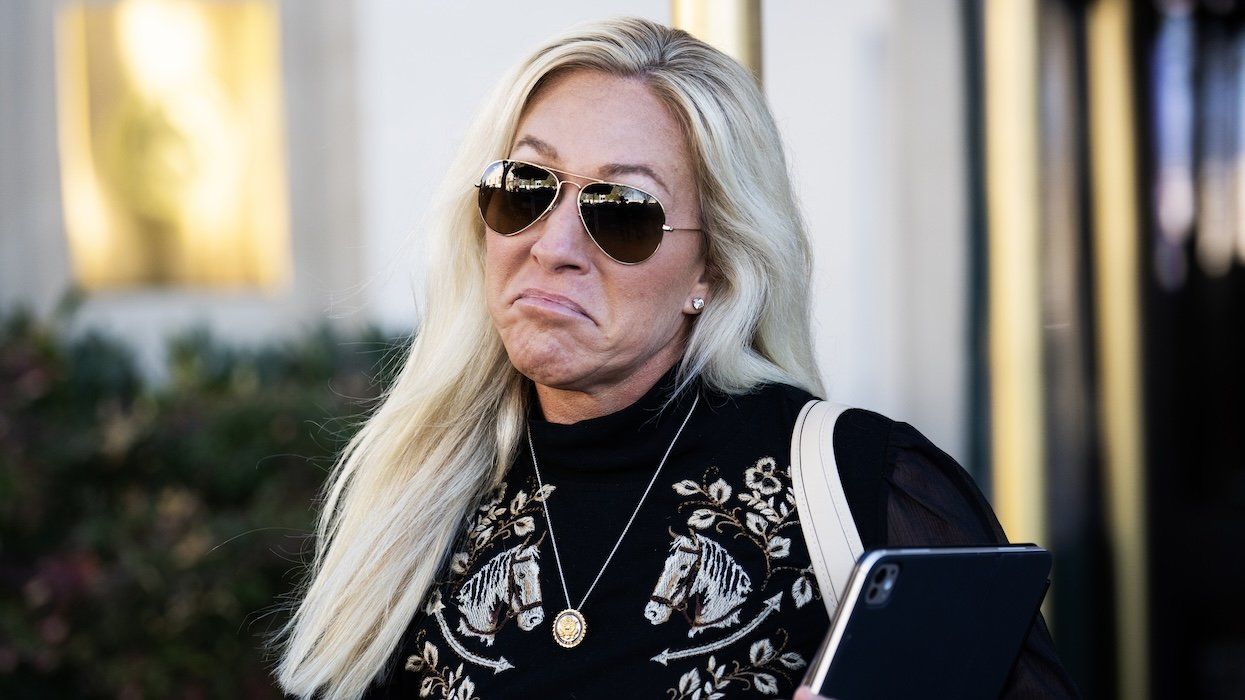


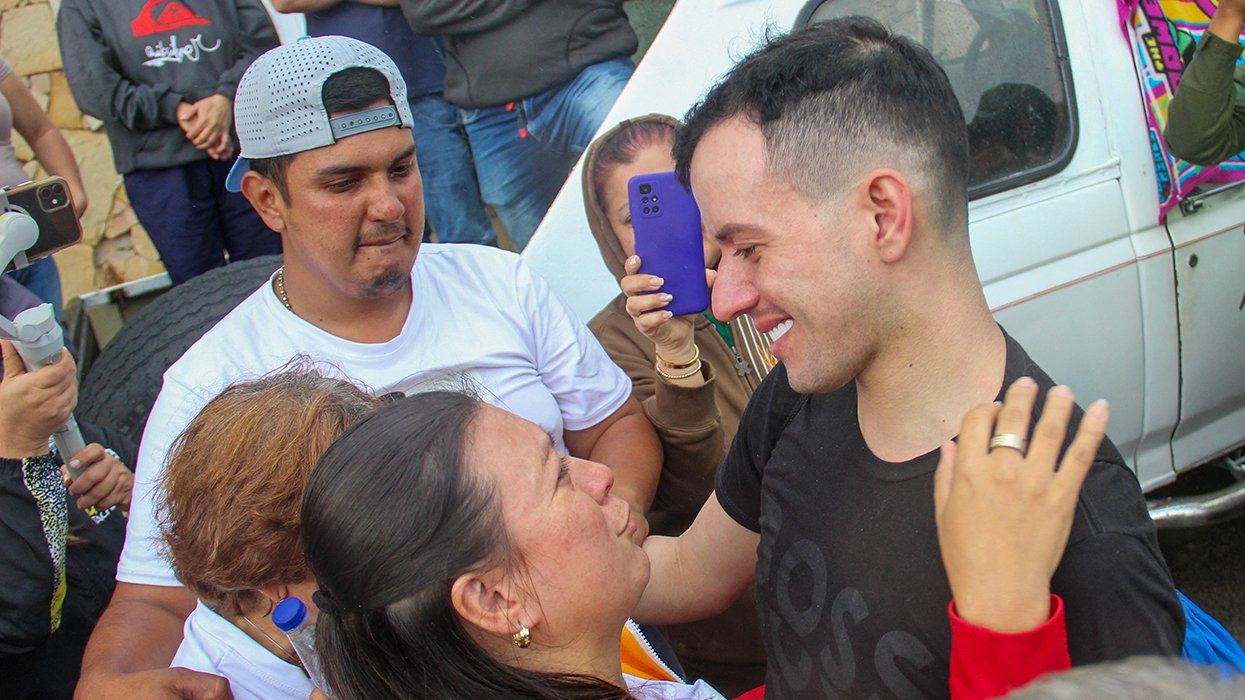


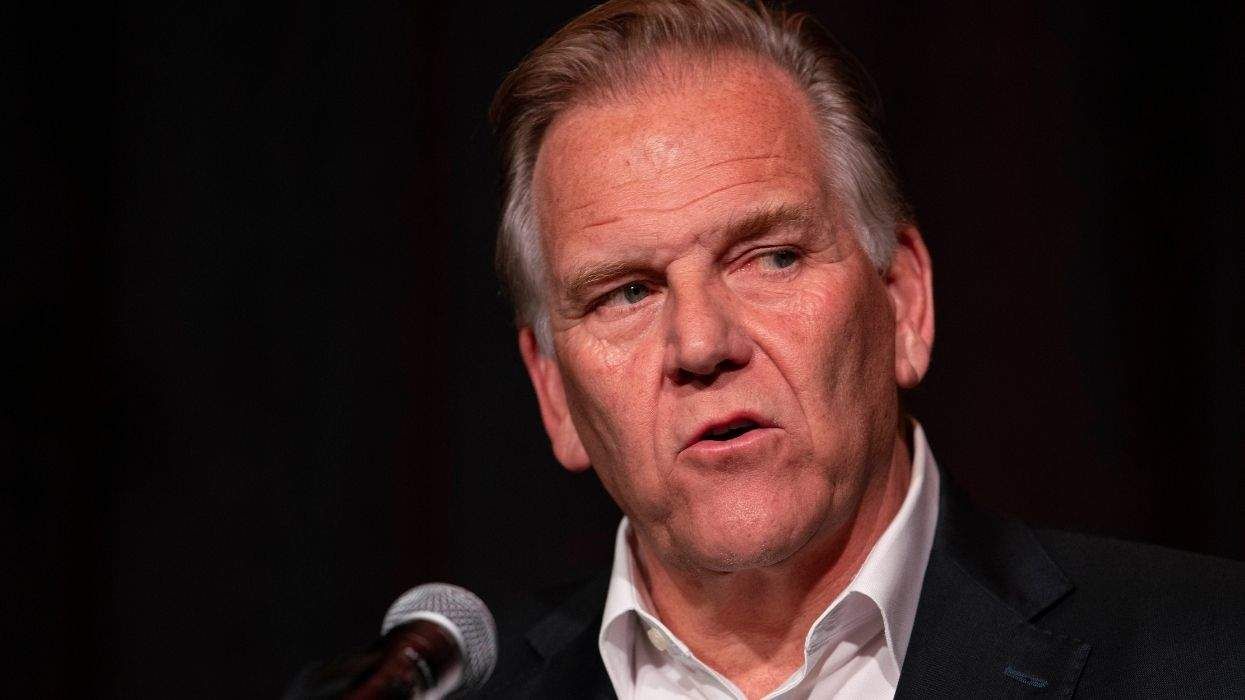

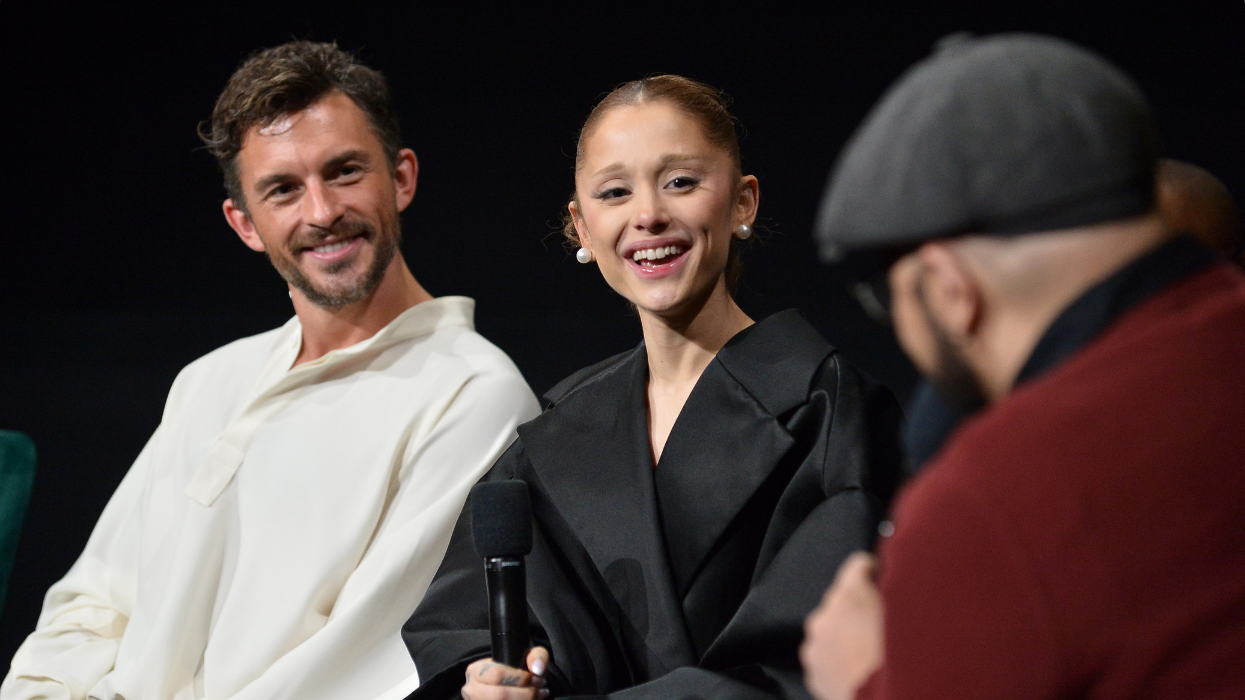

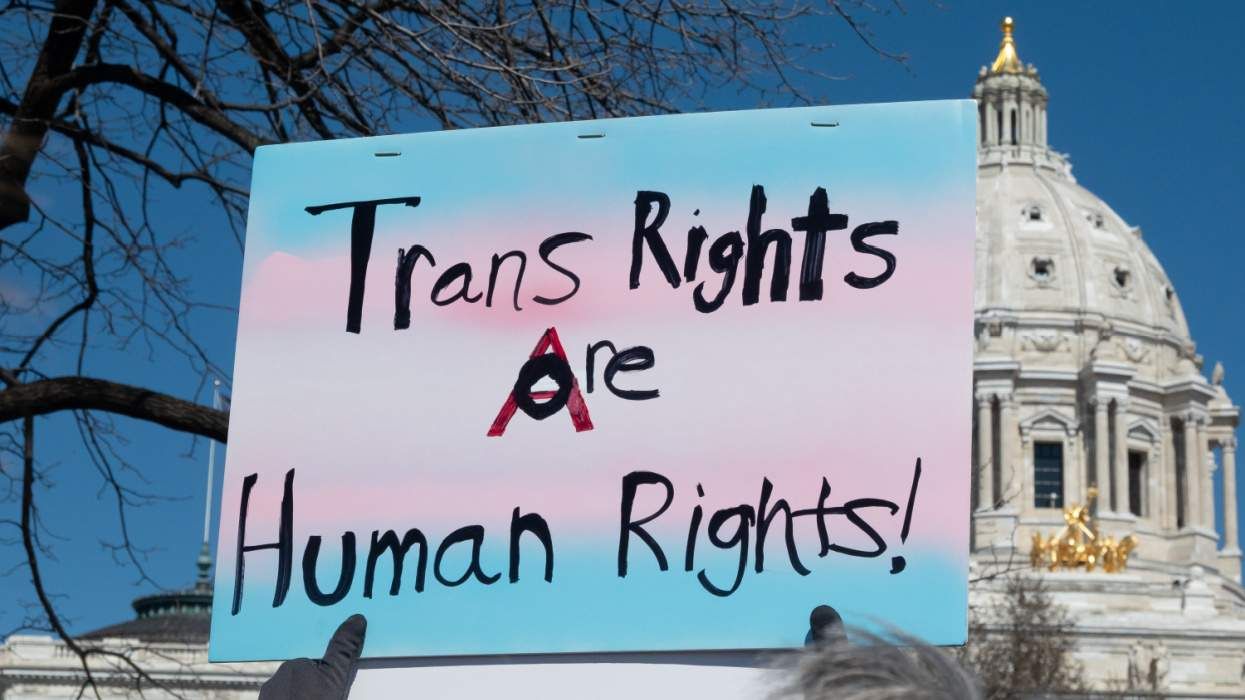

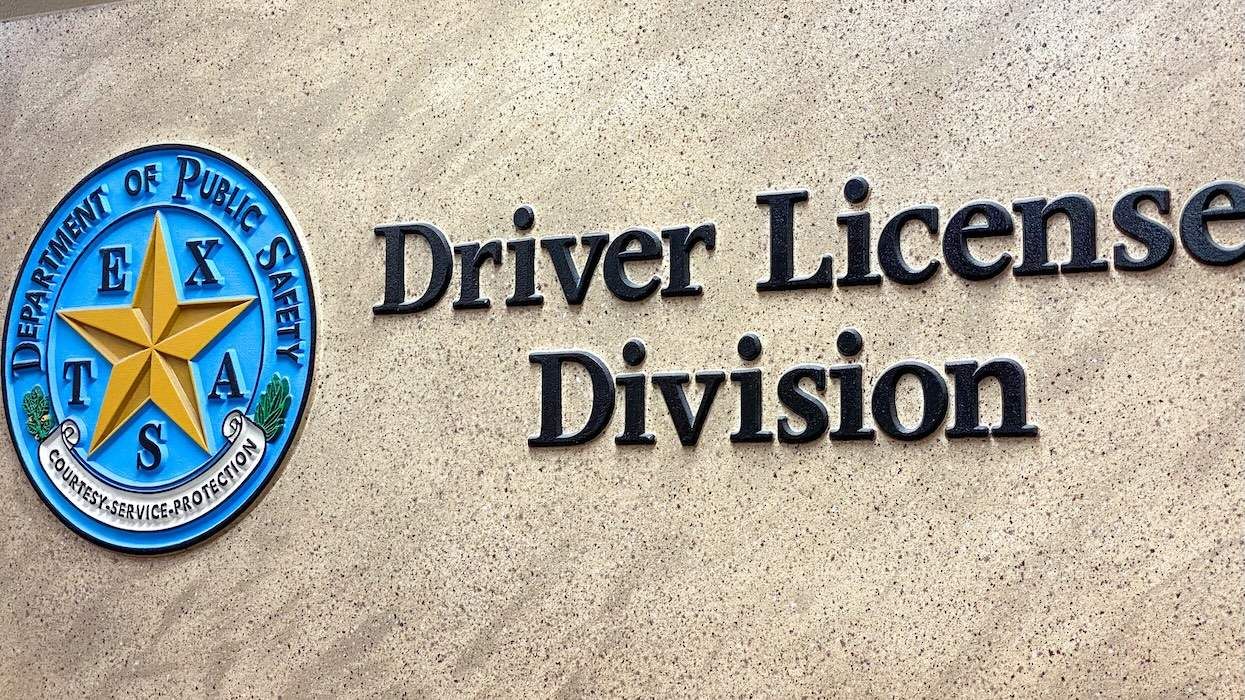
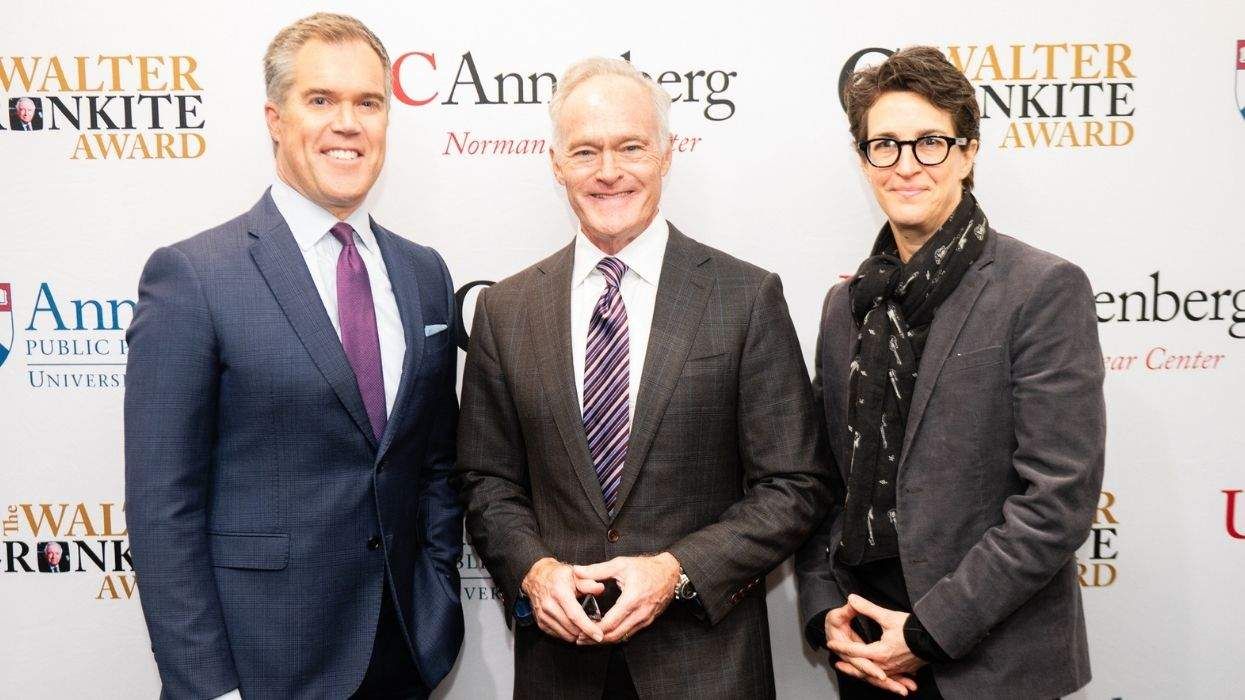
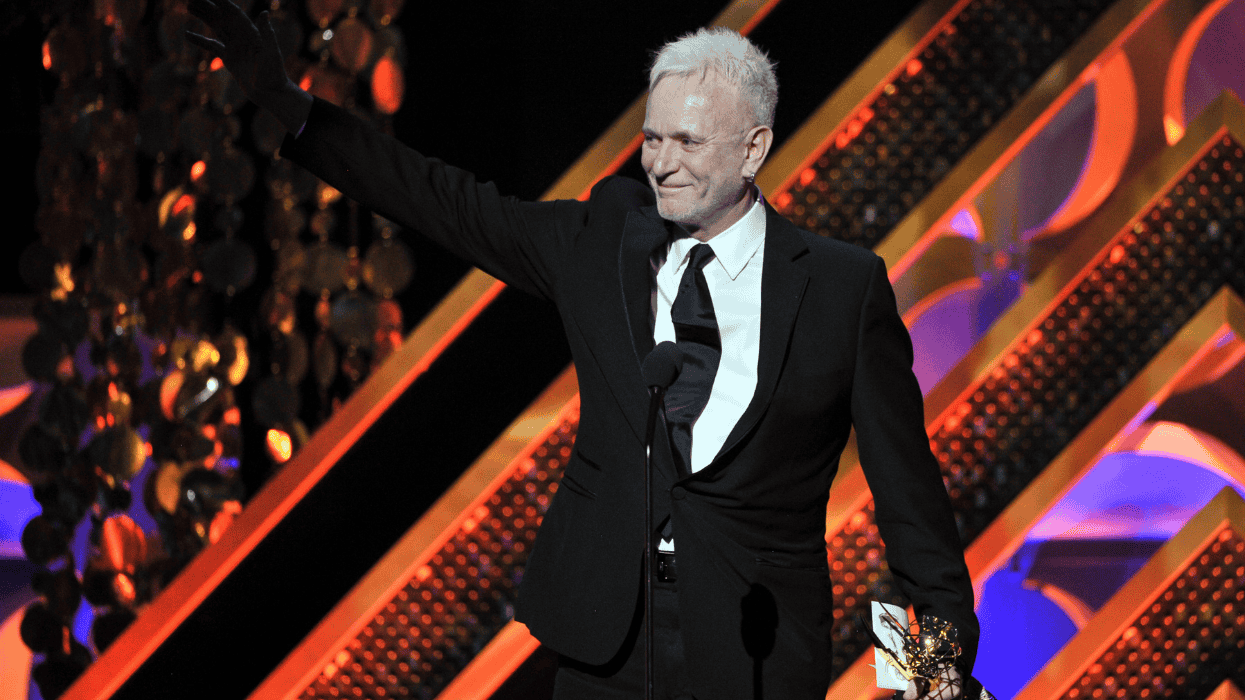
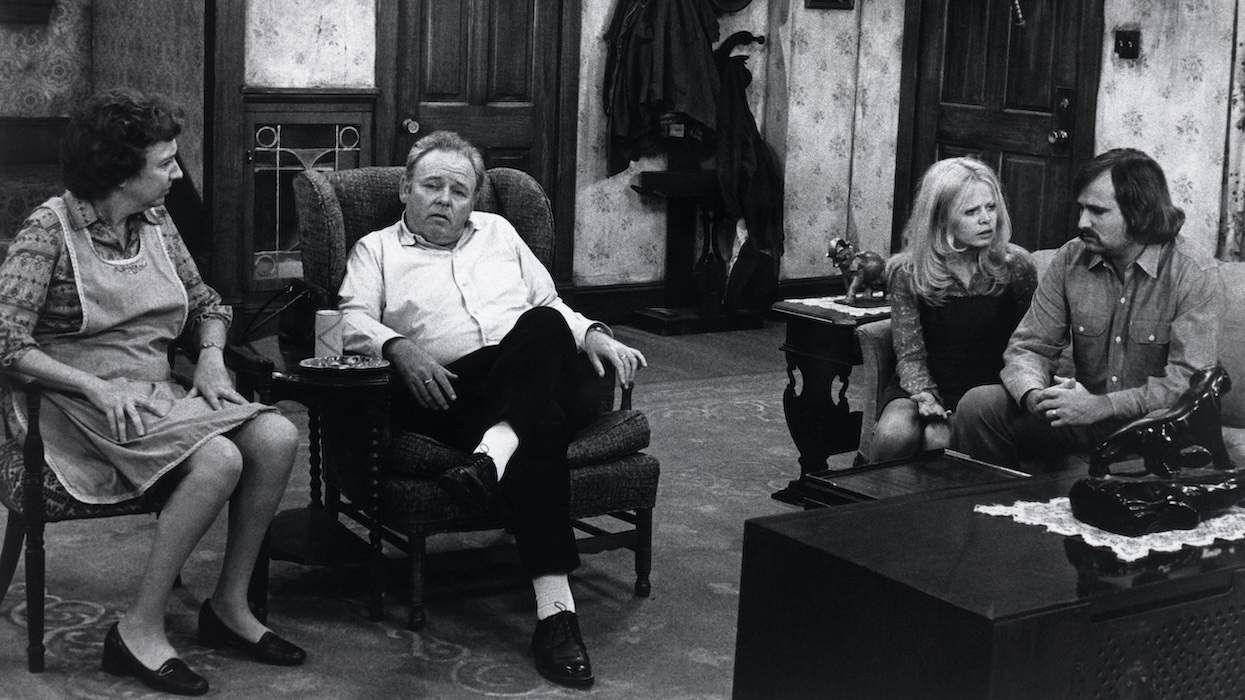
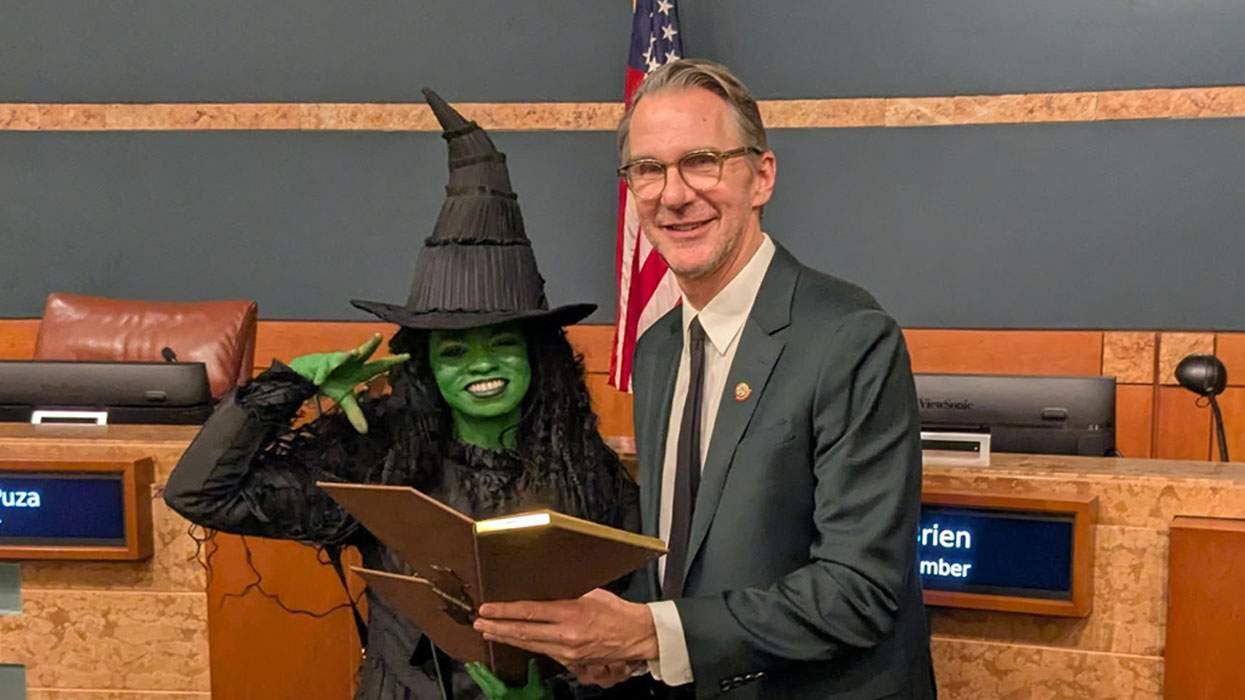

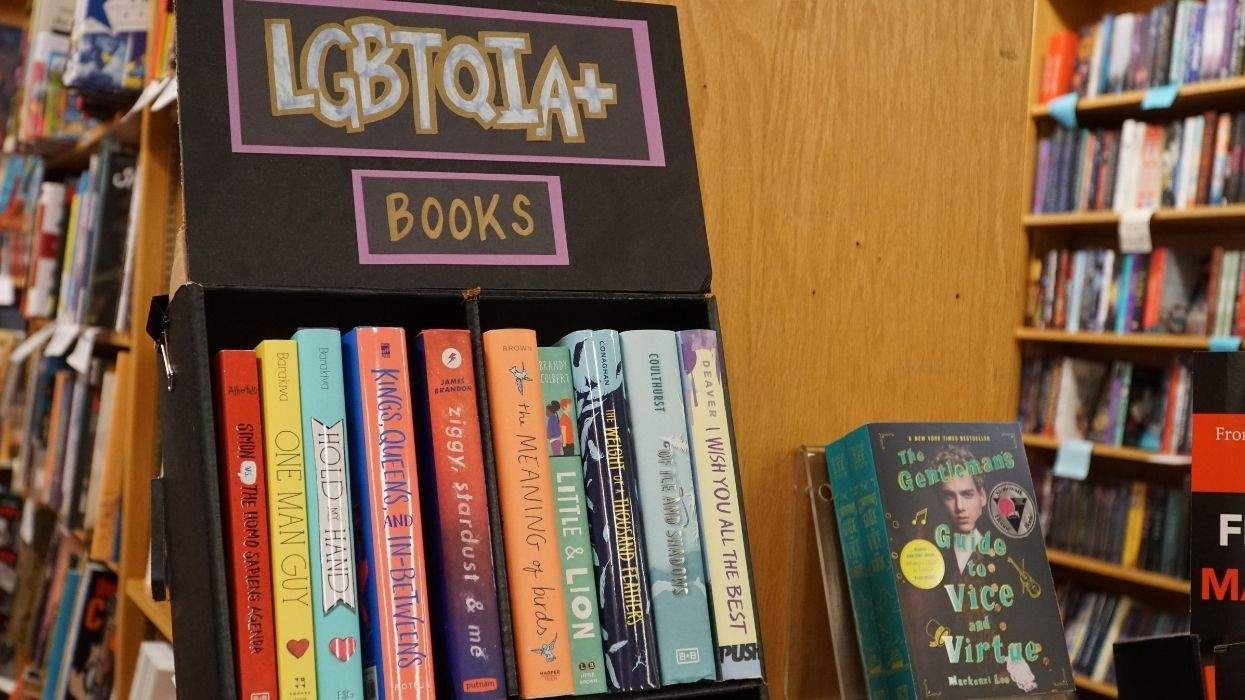
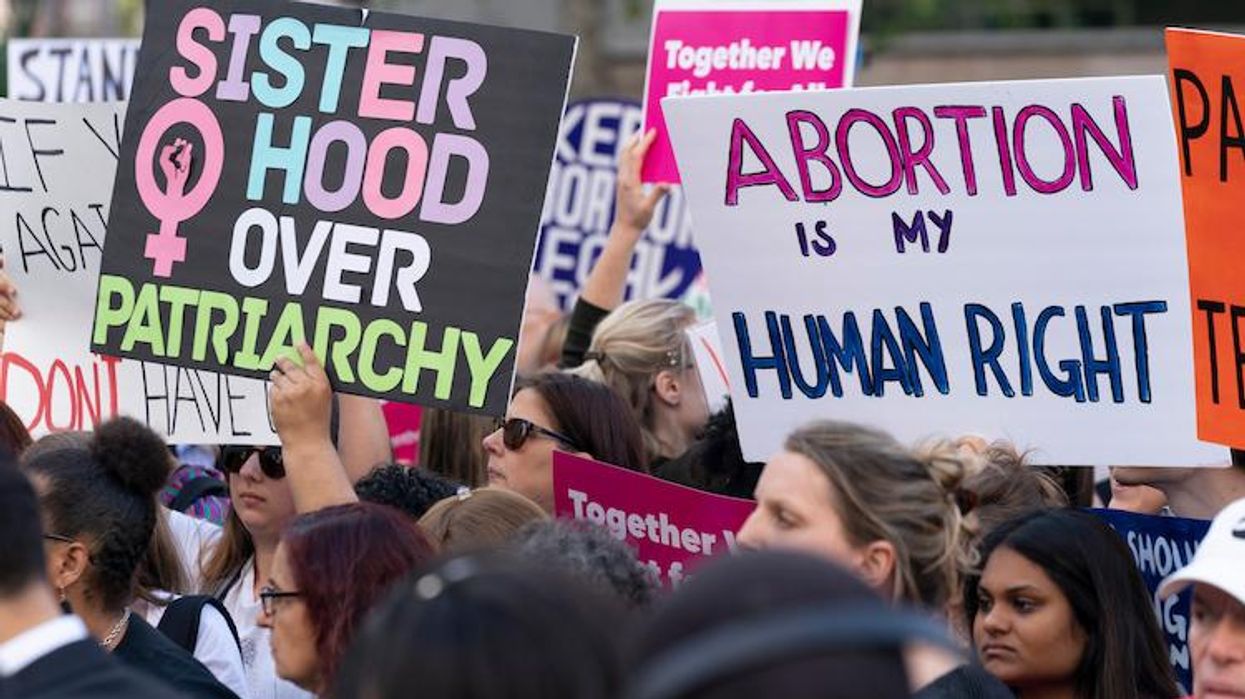


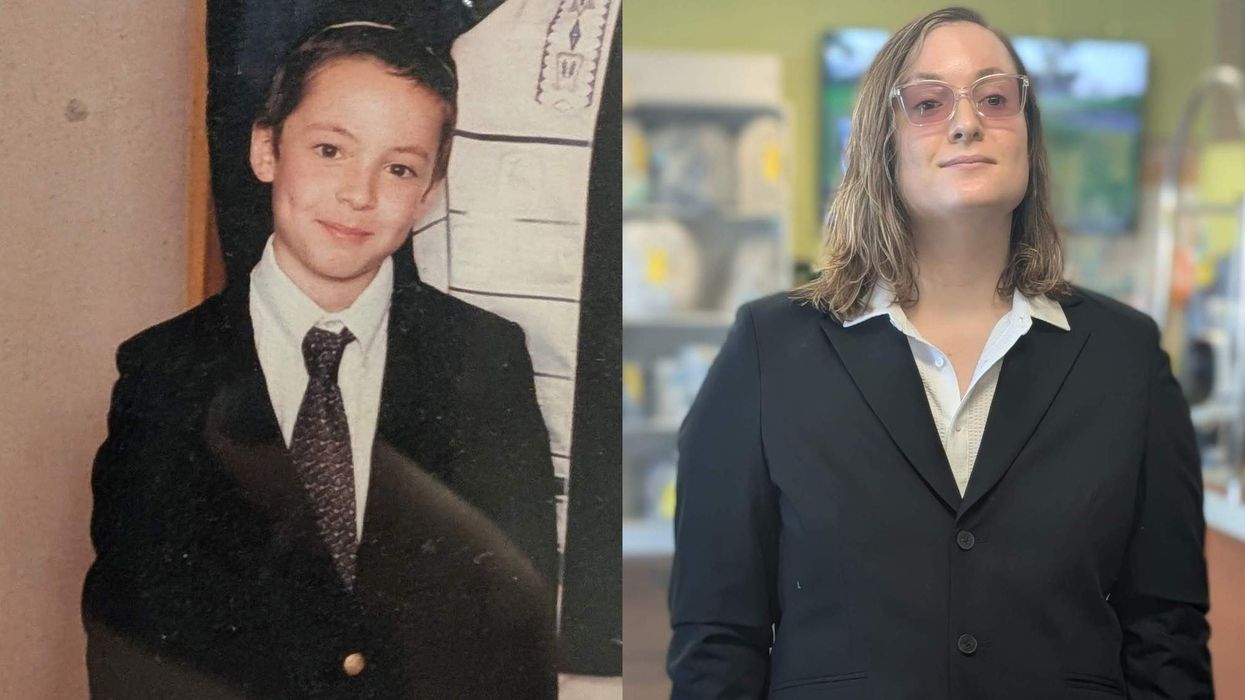


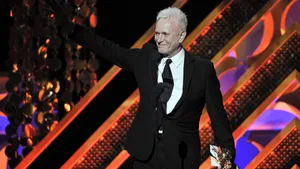

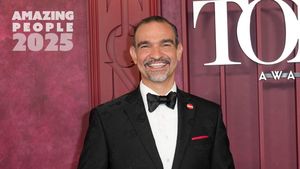




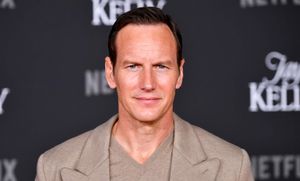
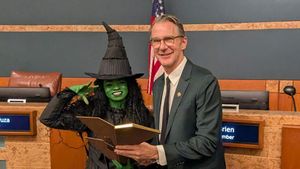



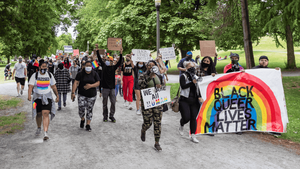




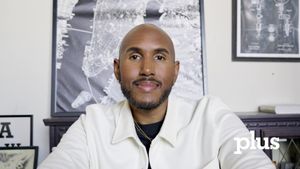

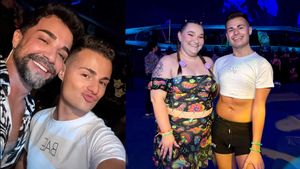



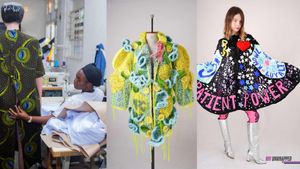















Charlie Kirk DID say stoning gay people was the 'perfect law' — and these other heinous quotes